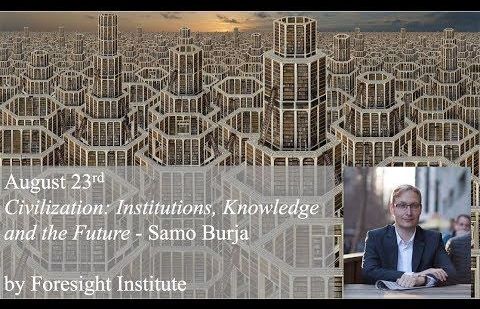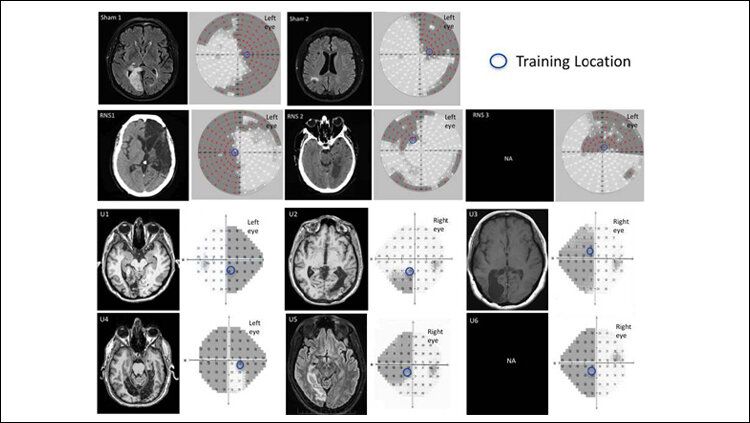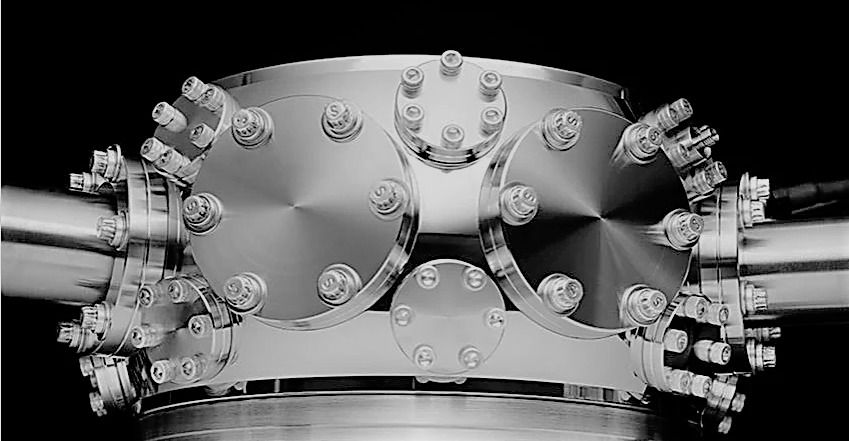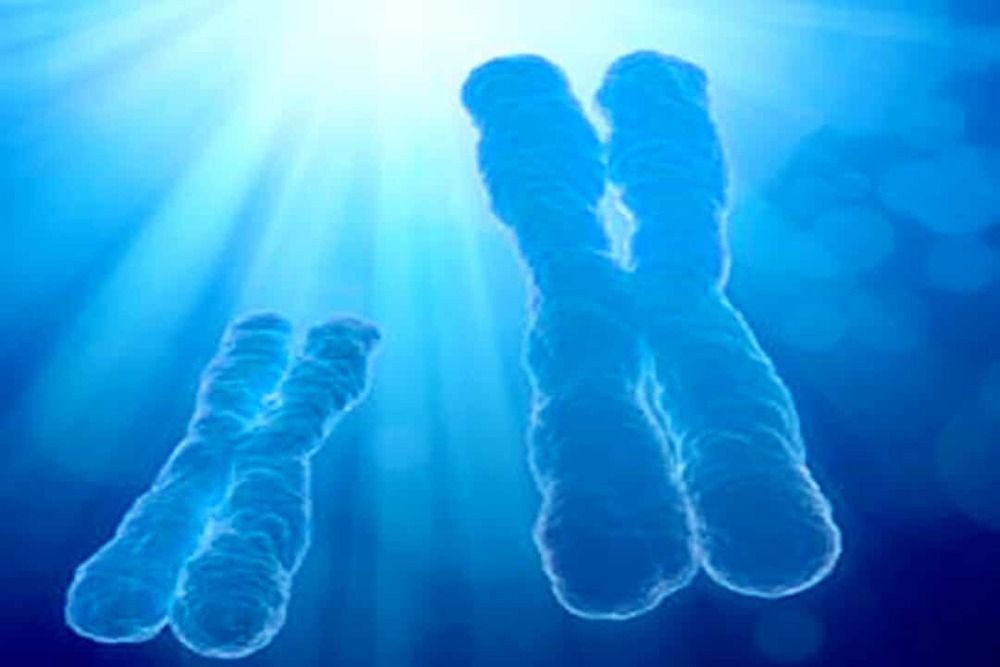May 28, 2019
Civilization: Institutions, Knowledge and the Future — Samo Burja
Posted by Xavier Rosseel in categories: futurism, materials
Our civilization is made up of countless individuals and pieces of material technology, which come together to form institutions and interdependent systems of logistics, development and production. These institutions and systems then store the knowledge required for their own renewal and growth.
We pin the hopes of our common human project on this renewal and growth of the whole civilization. Whether this project is going well is a challenging but vital question to answer.
Continue reading “Civilization: Institutions, Knowledge and the Future — Samo Burja” »


















